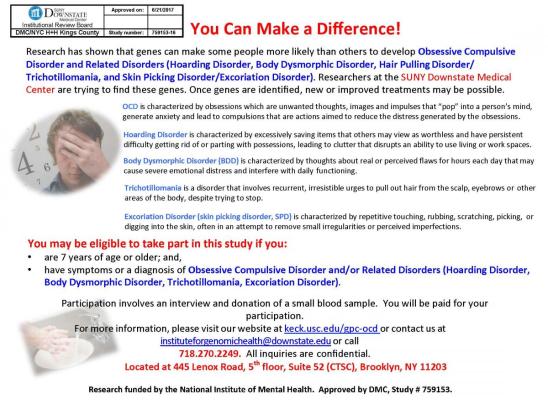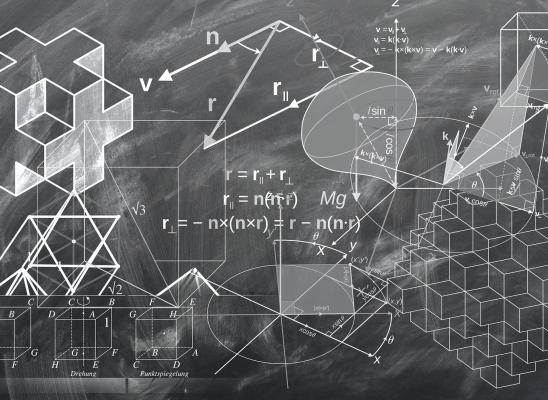Do People with Trichotillomania Have Differences in Their Brains?

Online test
Find out the severity of your symptoms with this free online test
Many people with mental illness find comfort when they find out their condition related to structural or chemical issues in the brain. Providing an explanation based on something physical can reduce the self-stigma associated with mental illness. Self-stigma is like perceived stigma, where someone expects poor treatment because they have a mental illness. A physical explanation for a disorder can also improve self-esteem because perspective can change from “I don’t know what is wrong with me, I must be bad,” to “My brain works or is structured differently.” Not everyone feels this way though.
Additional hope comes from establishing a physical cause of a mental disorder because then scientists have a way to approach a condition pharmaceutically. For example, many of the medications for attention deficit hyperactivity disorder (ADHD) came from the discovery of the neurology behind it. Now, ADHD does not have as strong a negative stigma attached to it. With an ADHD diagnosis, one takes medication to alleviate the symptoms.
Trichotillomania is a debilitating condition that could benefit from pharmacological treatment. However, the neurology is still unknown. A recent international study sought to answer the question about structural differences in the brains of people with trichotillomania. The fundamental question in the study was that since the compulsiveness of the disorder is so strong, there must be a region of the brain that can be identified as abnormal. While trichotillomania is not widespread, those who suffer from compulsive hair pulling experience impairment in social, occupational, academic, and psychological functioning. They live with a disorder with substantial negative stigma and spend much of their lives in isolation, so others do not detect their behaviors or the physical results of them.

Because the disorder is related to obsessive-compulsive disorder, researchers looked at the area of the brain, the sub-cortical region, which is responsible for habit generation and the part of the cortical region that is responsible for stopping habits. The researchers hypothesized that in brain imaging studies they would find abnormalities in cortical thickness in the frontal cortical sectors as well as increased volume in the dorsal striatum. Brain imaging was performed on 76 adults with trichotillomania and 41 healthy people from around the world.
Results showed promising data that the brains of people with trichotillomania are slightly different, but more research is needed before the information will be clinically useful. Brain imaging showed “significantly increased cortical thickness in a right frontal cluster.” This region of the brain is involved in suppression of inappropriate motor responses. In other words, the part of the brain that tells the body to stop a function is different in people with trichotillomania. The study did not explain how or why the thickness contributes to trichotillomania. It hints at the possibility that if someone with a compulsive movement, such as moving the hands to the hair on the head and pulling it out, the malfunction of the brain mechanism which should say “stop, don’t do that” may be the culprit of the disorder.
The study also looked at whether the structural abnormalities were linked to symptom severity. For example, was the thickness of the right cortical region different in those who have extensive problems managing hair pulling behaviors? The authors said there was no relationship, which may or may not provide further research questions.
This finding contrasts with previous brain imaging studies of obsessive-compulsive disorder. The imaging studies of OCD showed reduced right frontal cortical thickness. This finding suggests that the neurobiology of trichotillomania is not as similar to OCD as previously thought.

It is difficult to generalize or make assumptions based on this research, and there are other areas of the brain yet to be studied. However, if neurology can help explain why a person with trichotillomania continues to pull out their hair once they start because the stopping circuit malfunctions, then therapy focused on preventing the initiation of pulling behaviors could be very positive. It may also help reduce stigma and give people a source of hope for managing behaviors. This latest research on structural brain abnormalities provides another step in the long process of discovering the neurological mechanisms associated with trichotillomania. As investigation continues and the disorder is better understood, more treatment options will become available.
Reference
Chamberlain, S. R., Harries, M., Redden, S. A., Keuthen, N. J., Stein, D. J., Lochner, C. & Grant, J. E. (2017). Cortical thickness abnormalities in trichotillomania: International multi-site analysis. Brain Imaging and Behavior. https://doi.org/10.1007/s11682-017-9746-3
Online test
Find out the severity of your symptoms with this free online test
Start your journey with TrichStop
Take control of your life and find freedom from hair pulling through professional therapy and evidence-based behavioral techniques.
Start Now



